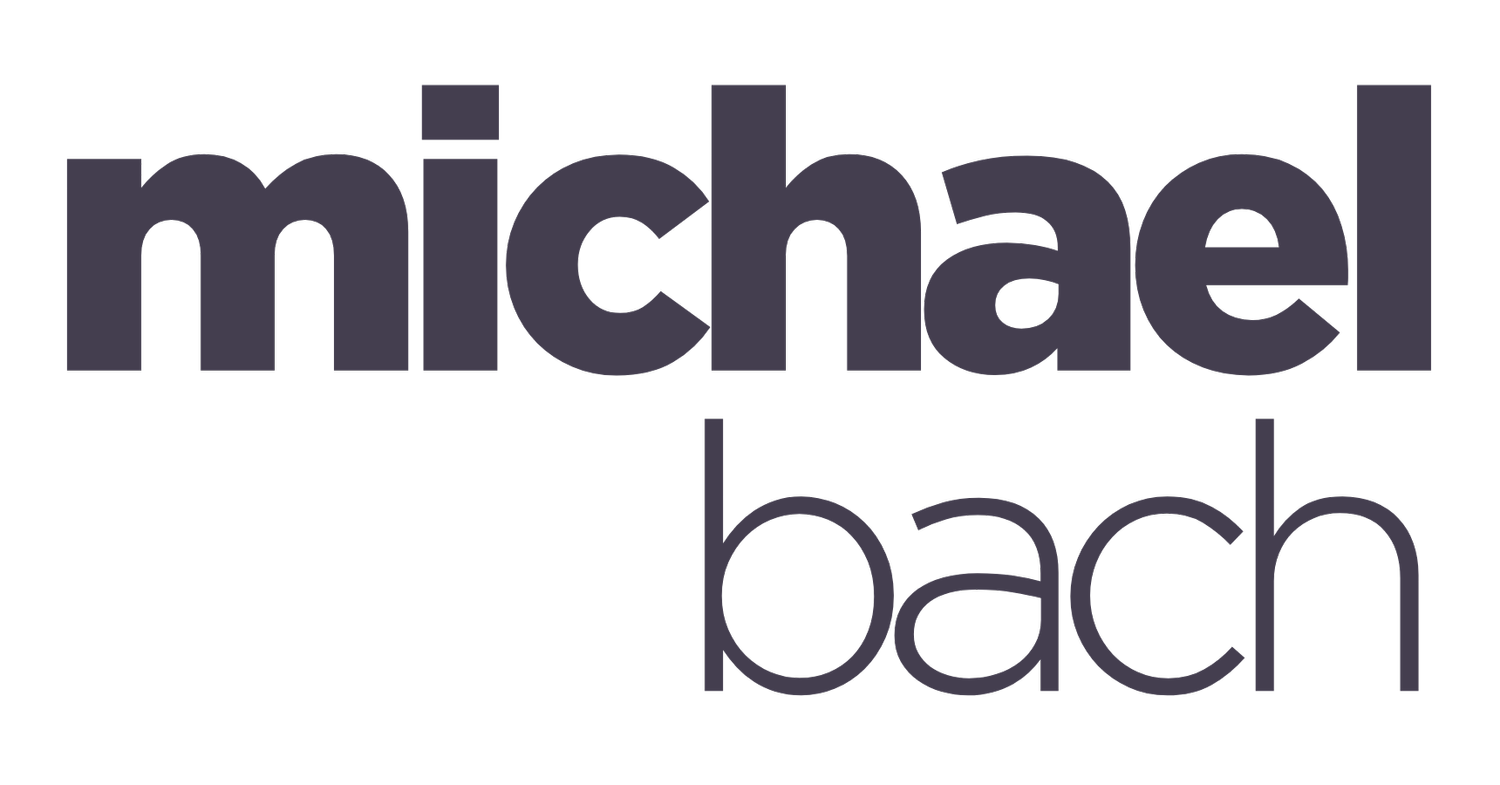Five Tips For Making Your Workplace More Attractive To LGBTQ+ Talent
The United States is facing a historically low unemployment rate, leaving employers scrambling to find talent. Even with a recession looming, the jobs numbers are still what they are, making it harder for employers to maintain operations, let alone grow.
Now more than ever, employers must work harder to attract prospective talent. Higher pay rates may be an effective tactic for already low-paying service jobs, but salaried positions are another story. There is only so much an employer can pay before a role becomes unaffordable. When you look at what employees want from their workplace, the focus now is on flexibility, well-being and culture. Employers have an opportunity to be public about their commitment to human rights and inclusion to differentiate themselves from their competitors.
According to research from Deloitte, nearly 40% of LGBTQ+ employees are actively looking to change jobs to find an employer with a more inclusive work culture. The U.S. workforce is made up of about 165 million people. A 2021 study from Gallup found that 5.6% of adults in the U.S. identify as LGBTQ+. That means nearly 3.7 million LGBTQ+ people may be looking to make a change in their employment, all to find a workplace where they can be themselves.
What can you do to make your workplace more attractive to LGBTQ+ talent? Here are some tips:
1. Stay flexible.
The pandemic has shown that people can work from home and be just as productive as when working in an office. Now is not the time to return to the way things were. Instead, making remote work part of your standard operating procedures can create opportunities to attract LGBTQ+ people who may want to move to areas willing to protect LGBTQ+ rights. Employers that enshrine remote work as part of their culture may have access to more talent compared to those still stuck in a pre-Covid mentality.
2. Establish inclusive policies and procedures.
Part of creating an LGBTQ+ inclusive workplace is to ensure that you have policies and procedures that clearly and explicitly articulate your commitment to LGBTQ+ inclusion. Use explicit language like “sexual orientation, gender identity and gender expression,” along with gender-neutral jargon, like “they” and “them” as pronouns instead of “he” and “she.”
3. Educate.
It’s equally important to ensure policies and procedures are enacted as intended. That means it’s important to educate people on the policies and procedures to ensure everyone understands what is expected of them. Further, it’s not safe to assume that everyone understands the importance of LGBTQ+ inclusion and safe space. It’s the employer’s responsibility to ensure everyone in their organization knows what they can do to create an LGBTQ+ inclusive workplace.
4. Step in with both feet.
Employers can’t have it both ways. They can’t claim to be inclusive while acting in ways that actively work against that inclusion. This will only hurt your ability to attract LGBTQ+ talent. The community is watching, and this double standard won’t help you attract talent; it will likely have the opposite effect.
5. Make it public.
Put information on your external website, social media and internal portal that makes it clear you support LGBTQ+ inclusion. Do not be ambiguous and leave the information open to interpretation. Again, employers can’t have it both ways. Research from Gallup finds that 71% of Americans surveyed support marriage equality, and 93% believe that gay men and lesbian women should have equal rights in terms of job opportunities. While your public support may offend some, it’s likely to attract others in larger numbers.
If you want to be an LGBTQ+ inclusive employer, make your position public and be willing to risk the potential loss that comes with that position. However, based simply on the math, I think it’s apparent that the employers who do choose to embrace LGBTQ+ inclusion will be the ones to reap the rewards.
